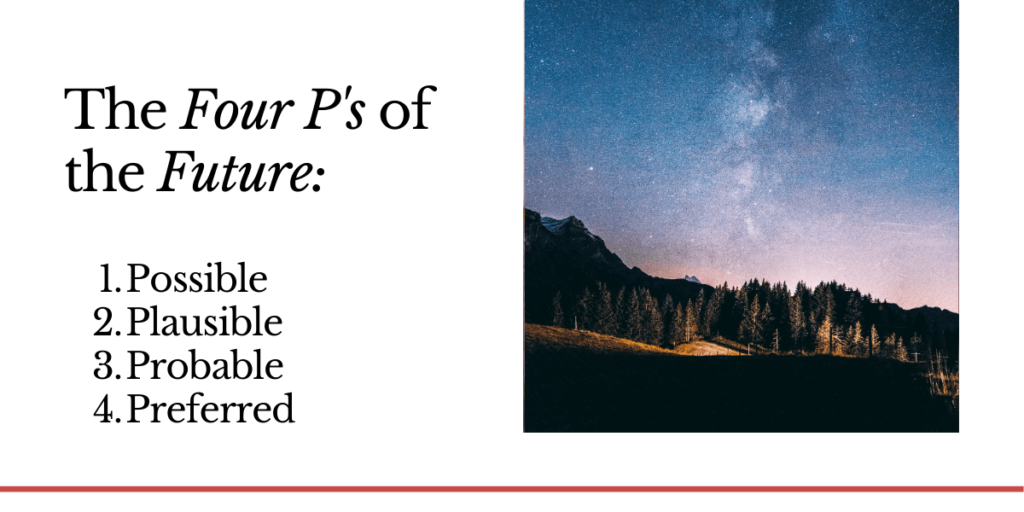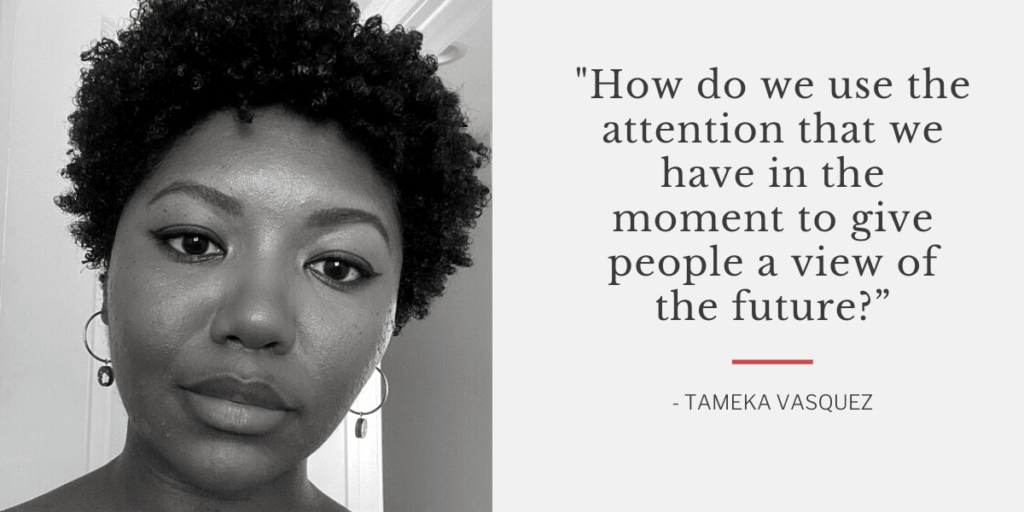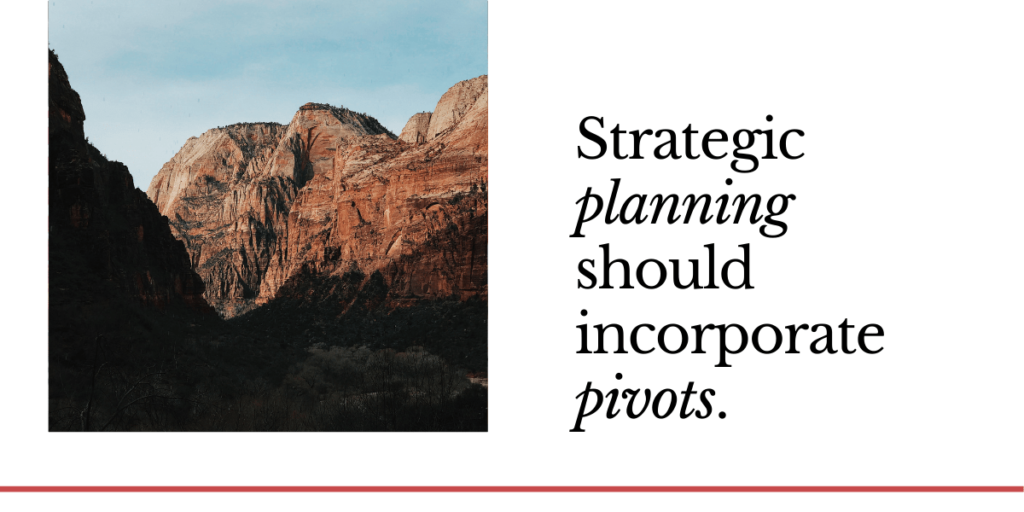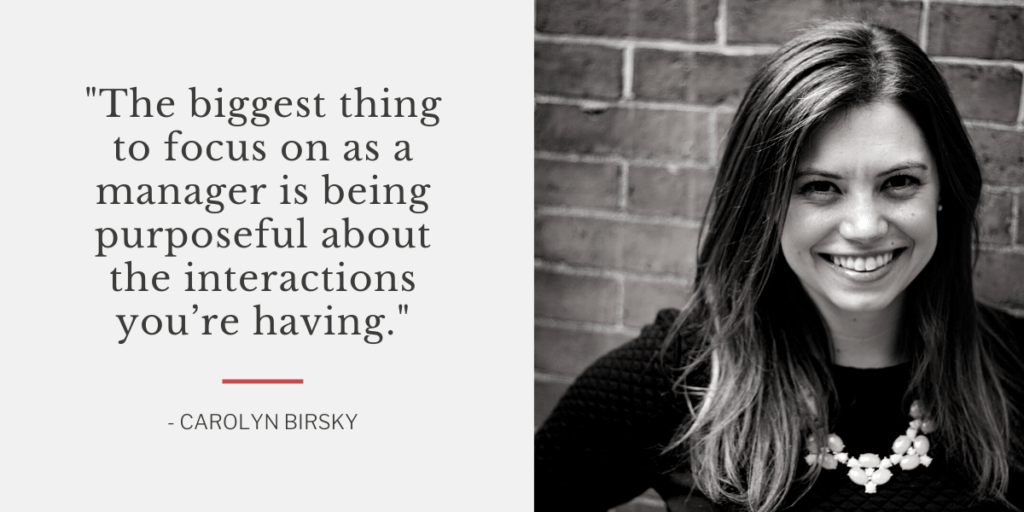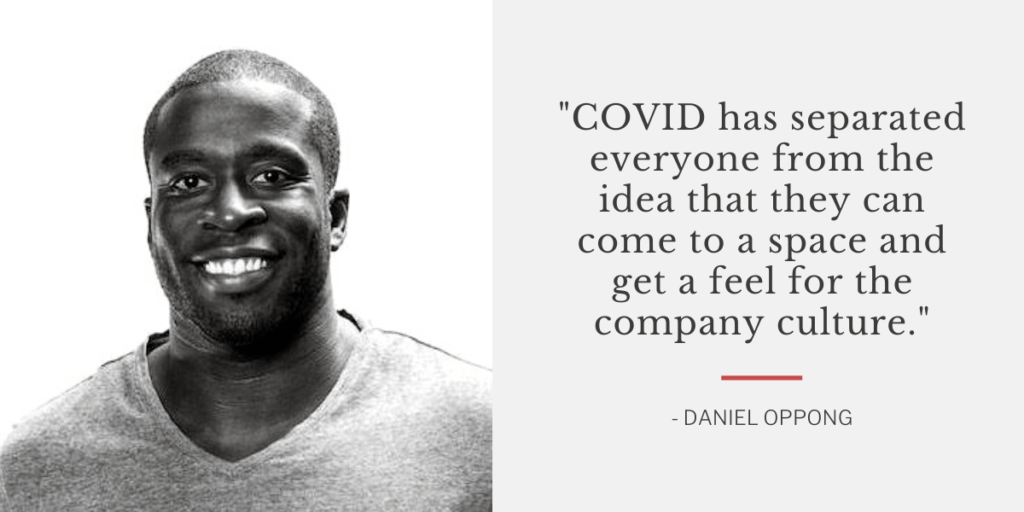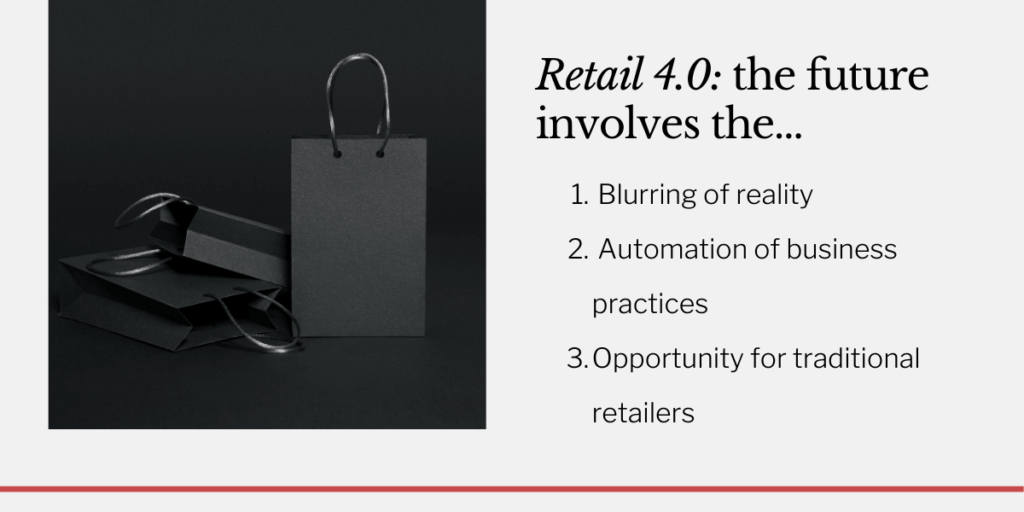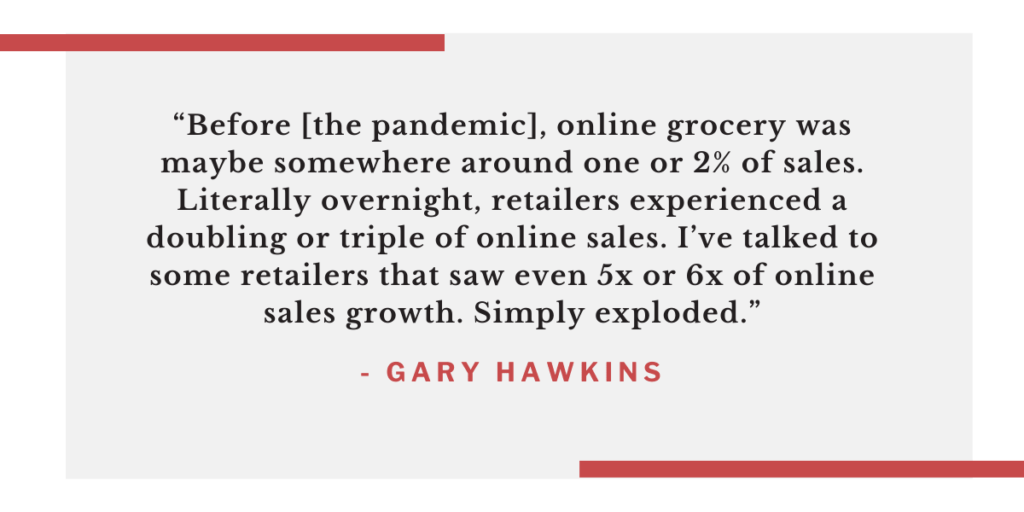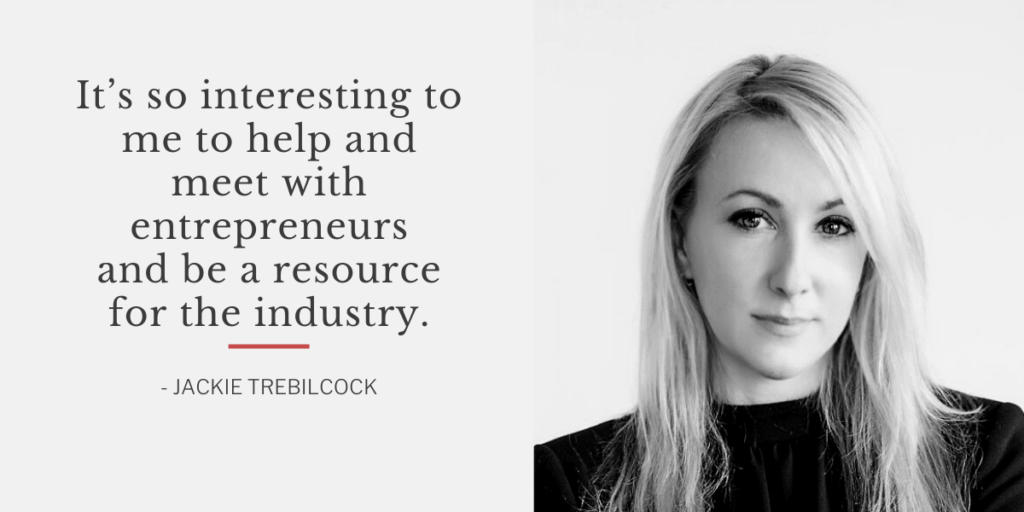In our latest KG Connects webinar, we were lucky to have our friend Alicia Esposito join us to discuss how to create great B2B content marketing campaigns.
B2B content has always been a key part of building thought leadership, engagement and even leads. Over the past few years, it has become even more important, but brands have struggled to keep up with the breakneck pace of change.
That’s where Alicia comes to the rescue. As the director of content at G3 Communications, she aims to help businesses take an omnichannel approach to thought leadership and ultimately build passionate, empowered communities.
2020: A landmark year for B2B content
For the past decade, DemandGen Report, a G3 publication, has been tracking content preferences. “Year over year, it remains the same,” Alicia said, “folks say, ‘over the past year, I’ve relied more on content.’”
As companies continue to rely on content, they have also seen a corresponding increase in demand.
Last year was no exception to the rule. While the full report isn’t out yet, Alicia was able to share some initial data from an upcoming DemandGen Report.
“62% of respondents said they relied more on content over the past year than any other year,” said Alicia.

Factors such as lockdowns and a lack of in-person events have driven the demand for content, which has become a key component of the now-digital sales processes.
Incredibly, according to McKinsey, only 20% of buyers and sellers want to go back to in-person. “If you can have the right kind of content and can guide someone through an experience digitally, you don’t need to get on a plane and go halfway across the country,” she said.
Creating creative marketing that stands out
When it comes to impressing potential buyers, businesses need a wealth of content. According to Alicia, buyers will engage with 3-7 pieces of content before they actively engage with sales.
However, when it comes to the type of content buyers prefer, there was a major shift last year.
“In 2019, it was all video. This year, webinars shot to the top,” Alicia said.
Research is showing some interesting contradictions in how people consume content. There’s a demand for easy-to-consume content, while at the same time there is demand for long-form content like whitepapers.
To meet evolving needs, Alicia suggested iPapers, aka interactive white papers, which are very digestible and interactive.
With iPapers, “you can see how much time users are spending in the experience. What people are clicking on, how long they’re spending on the page. This allows you to see what the tangible engagement is.”
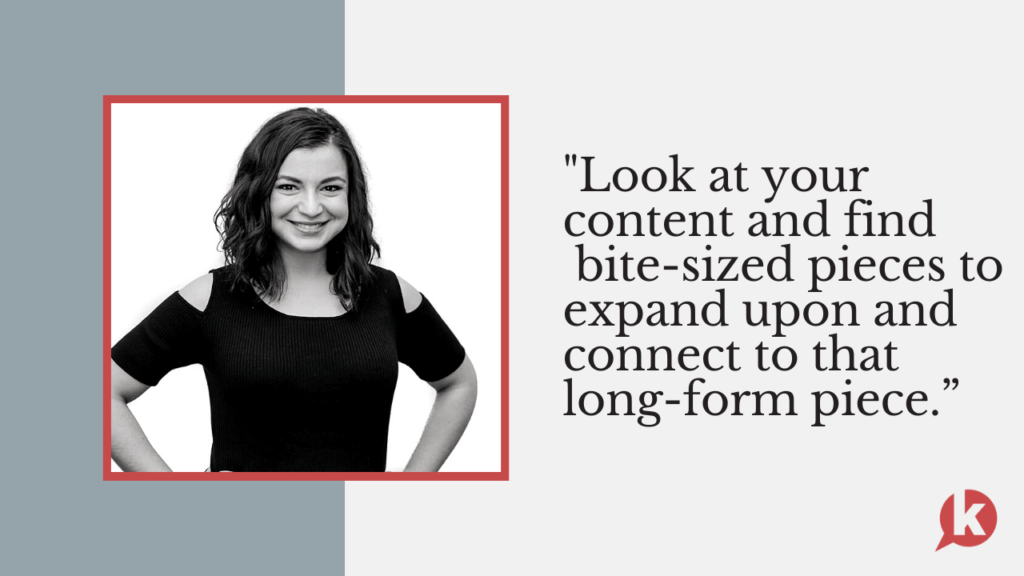
She also says it’s important to build a content ecosystem out of long-form content. Consider creating infographics, social media images, checklists and even creating video trailers. (For more on this topic, check out “How to Adapt Long-Form Content Into a Wealth of Resources.”)
“I encourage everyone to look at their content and find those bite-sized pieces to expand upon and connect to that long-form piece.”
Using content to generate leads
“How does content turn to leads?” It’s one of the biggest questions for marketers, alongside, how does PR drive leads?
“When we ask our customers what drives them to engage with content, there are always two answers: the trustworthiness of the source and the credibility of the content,” said Alicia. To build this trustworthiness, “you need good storytelling.”

According to Alicia that means understanding the audience, getting to the heart of their pain points, understanding their goals and framing the story through their eyes.
“Powerful, empathetic storytelling is what drives that lead generation success.”
When it comes to the numbers game, however, Alicia says to stick to quality, not quantity.
“A common thing we hear is that clients create huge projects that generate thousands of leads and none of them are qualified. Sales teams don’t even want to reach out to these leads,” she explained.
Want to keep talking about B2B content?
The webinar is over, but the conversation doesn’t have to be.
If you want to discuss how content can help you, reach out to us!
To get in touch with Alicia, connect with her on LinkedIn.
To learn more about B2B content, watch the March webinar on demand.
We’ll be back in May with another edition of KG Connects; we’ll tackle analyst relations and how it can mean big things for businesses.





